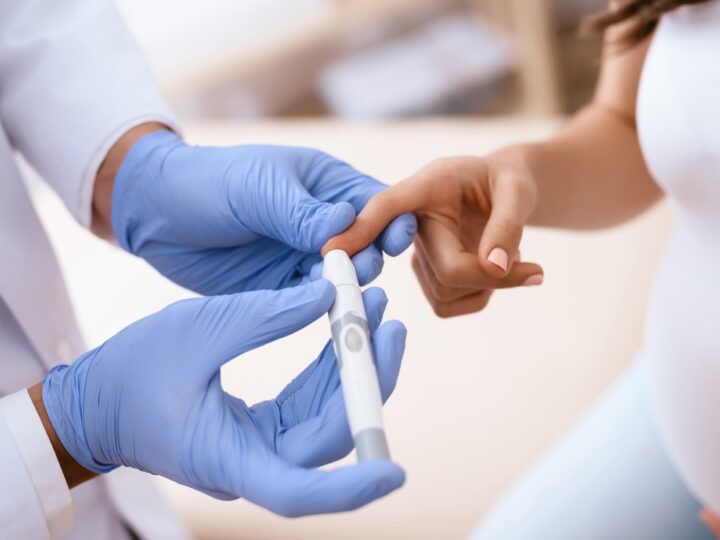An Israeli-led international team of researchers has proof of concept for a single blood test that can detect multiple conditions, including diabetes, cancer, traumatic injury and neurodegeneration, in a highly sensitive and specific manner.
The novel method, tested on 320 patients and control groups, zeroes in on patterns of circulating DNA that is released by dying cells and traces it to specific types of tissue.
The study was reported in a paper published recently in the journal Proceedings of National Academy of Sciences USA.
Cell death can signify the early stages of pathology (such as a developing tumor or the beginning of an autoimmune or neurodegenerative disease), mark disease progression, reflect the success of therapy (such as anti-cancer drugs), identify unintended toxic effects of treatment and more.
However, until now it was not possible to measure cell death in specific human tissues noninvasively.
The new blood test does this by combining two known biological principles: first, that dying cells release fragmented DNA into the circulatory system; and second, that the DNA of each cell type carries a unique chemical modification called methylation.
The researchers identified multiple DNA sequences that are methylated in a tissue-specific manner and can serve as biomarkers.
They then developed a method to detect these methylated patterns in DNA circulating in blood, and demonstrated that this method can pinpoint the type of cells from which the circulating DNA originated.
‘An exciting approach for diagnostic medicine’
The test was able to detect pancreatic beta-cell death in the blood of patients with new-onset type 1 diabetes, oligodendrocyte death in patients with relapsing multiple sclerosis, brain-cell death in patients after traumatic or ischemic brain damage, and exocrine pancreas cell death in patients with pancreatic cancer or pancreatitis.
“Our work demonstrates that the tissue origins of circulating DNA can be measured in humans. This represents a new method for sensitive detection of cell death in specific tissues, and an exciting approach for diagnostic medicine,” said Dr. Ruth Shemer of the Hebrew University, a DNA methylation expert and one of the lead authors of the study.
The approach could offer a minimally invasive window for monitoring and diagnosing a broad spectrum of human pathologies, as well as providing a better understanding of normal tissue dynamics.
“In the long run, we envision a new type of blood test aimed at the sensitive detection of tissue damage, even without [prior] suspicion of disease in a specific organ. We believe that such a tool will have broad utility in diagnostic medicine and in the study of human biology,” said Prof. Benjamin Glaser, head of endocrinology at Hadassah Medical Center and another lead author of the study along with Prof. Yuval Dor, a developmental biologist at the Hebrew University of Jerusalem.
“Noninvasive measurement of cell death is a super exciting area with endless applications,” Dor told Science magazine.
The experiments were performed by Hebrew University students Roni Lehmann-Werman, Daniel Neiman, Hai Zemmour, Joshua Moss and Judith Magenheim, aided by clinicians and scientists from Hadassah Medical Center and Sheba Medical Center in Israel.
Collaborators at institutions in Germany, Sweden, the United Kingdom, the United States and Canada provided patient blood samples.
Further studies need to be done before such a blood test could be developed commercially.
















